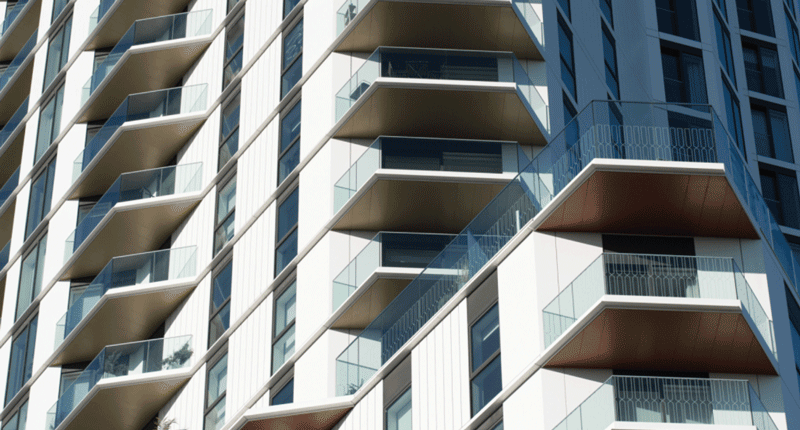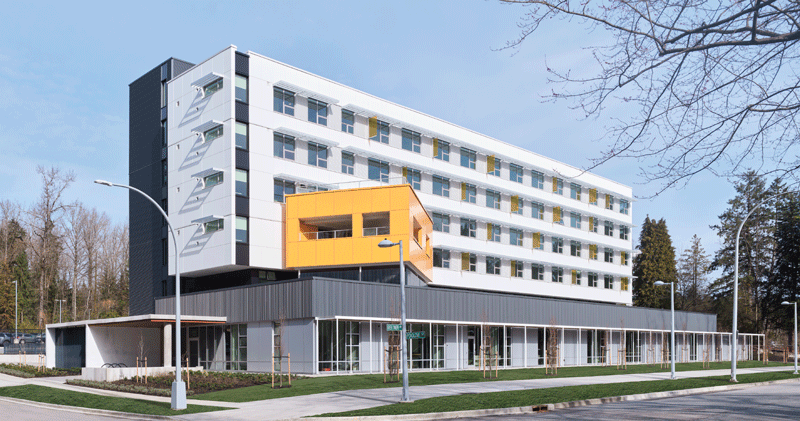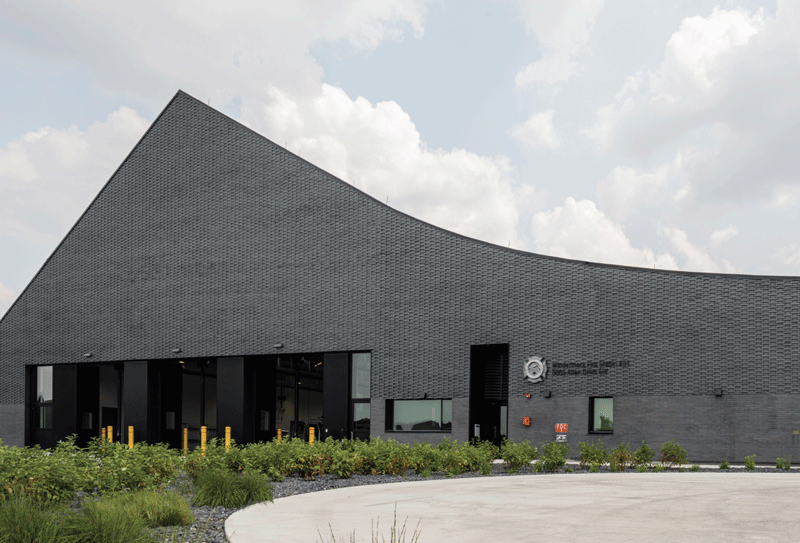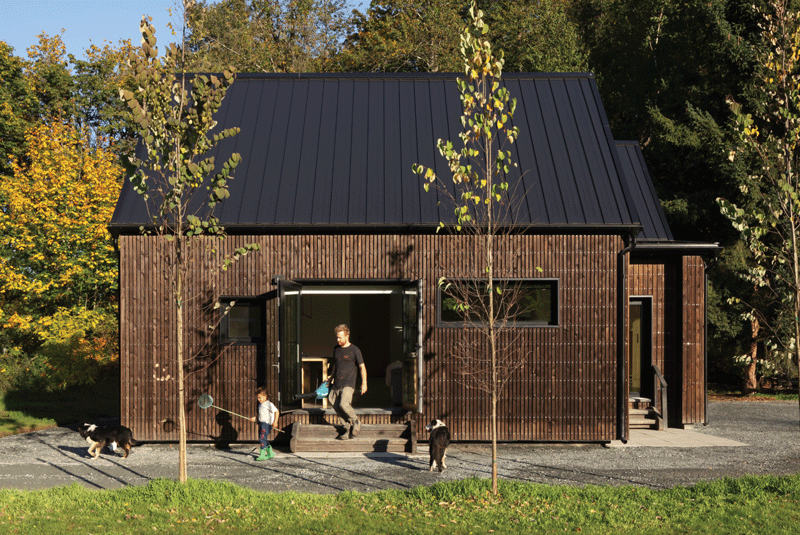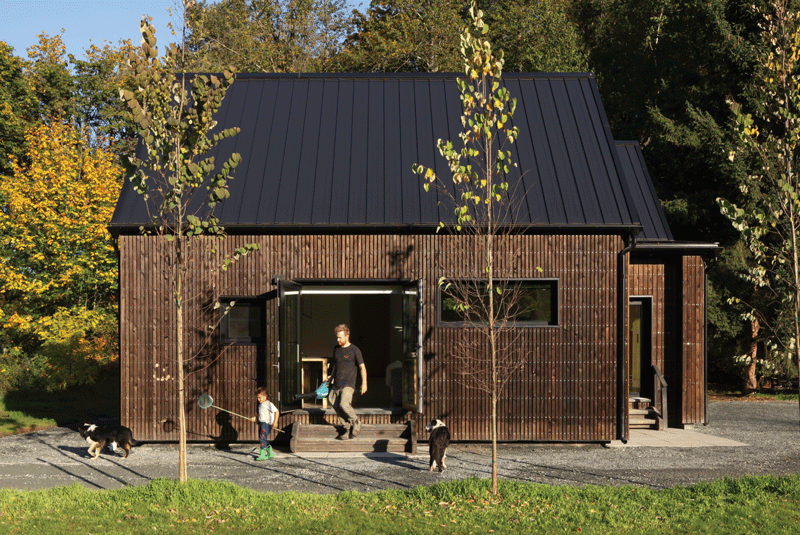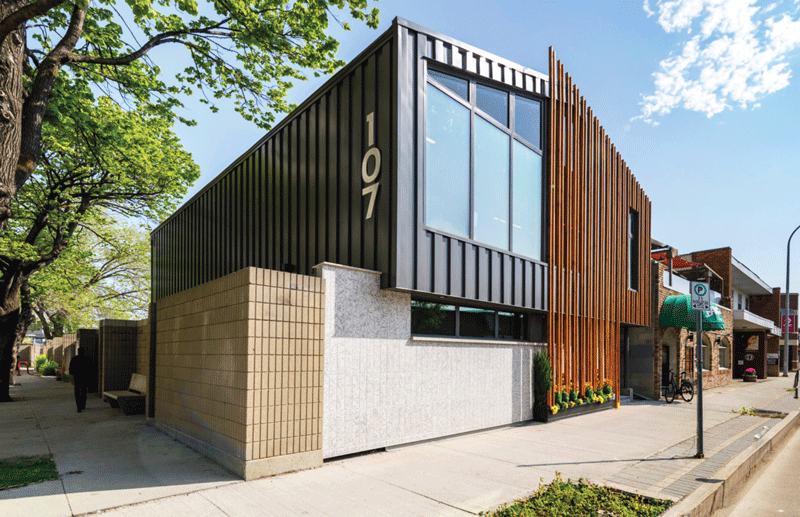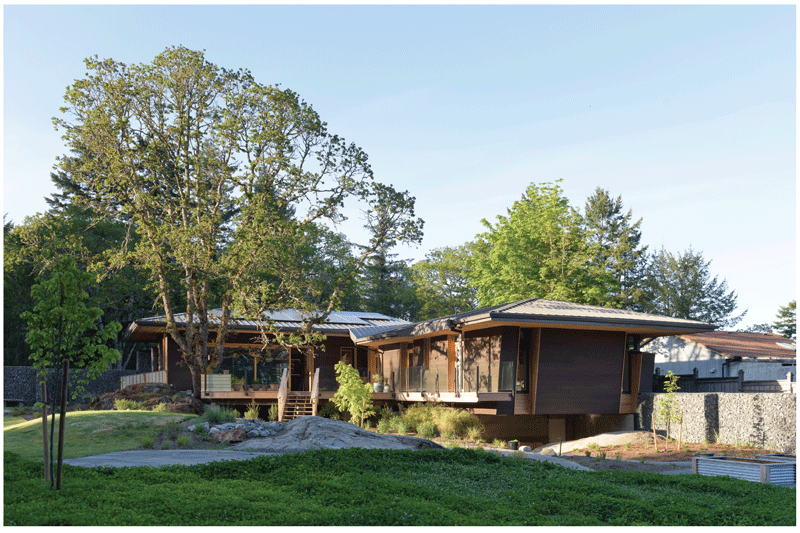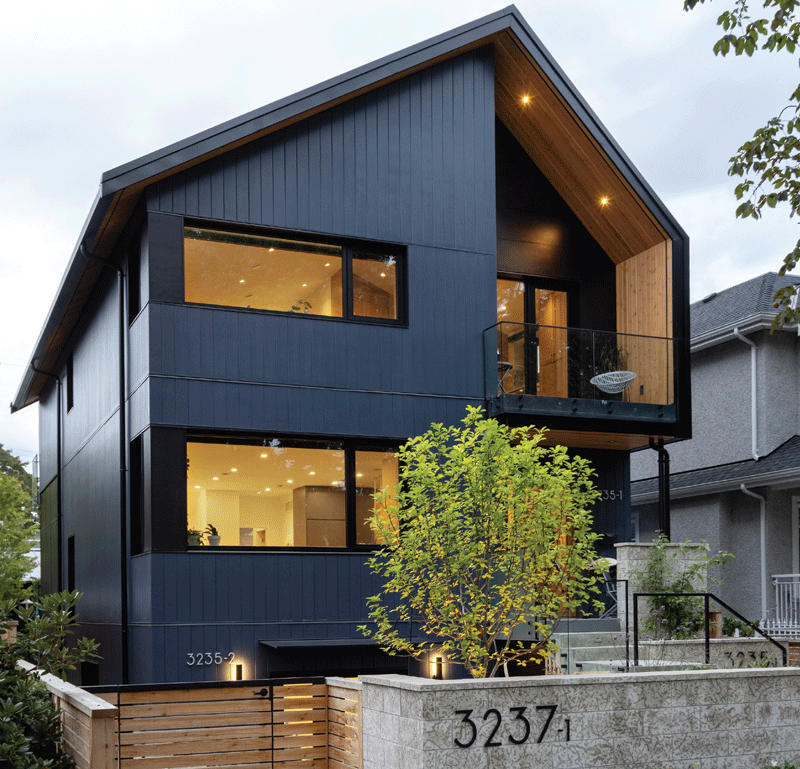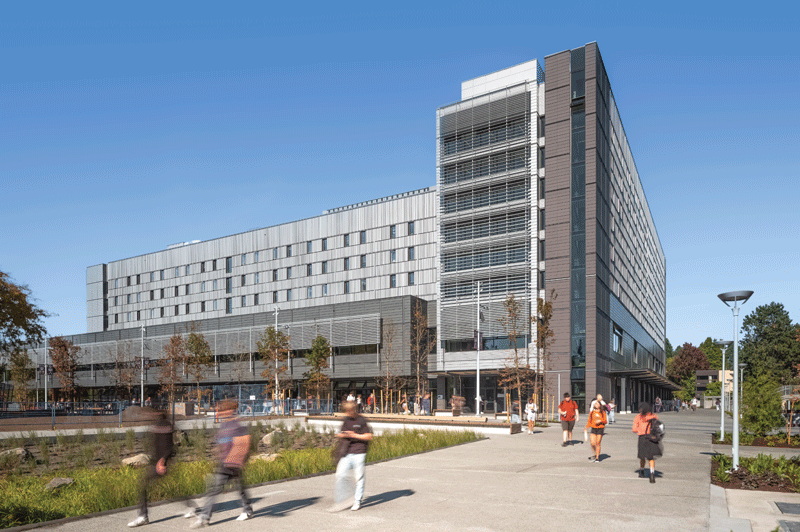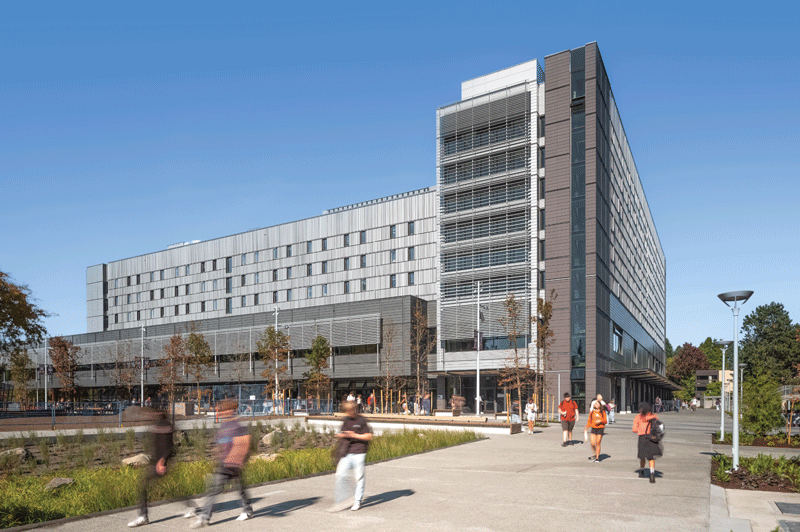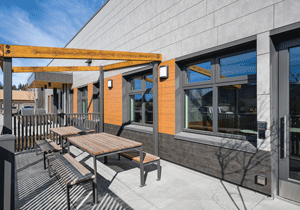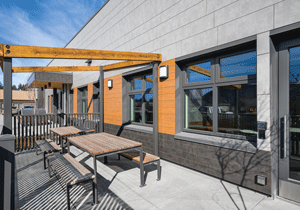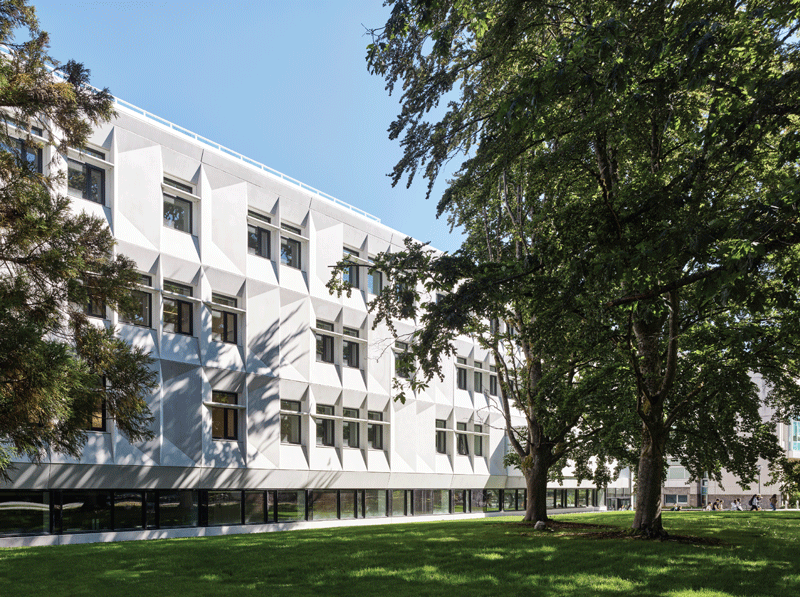Prefabrication and modular construction are innovative approaches that can benefit a building project, and this includes balconies.
Reducing the time on site by not needing to manufacture balconies in-situ can be a time and cost-effective way to manage balconies on a development. Delivering fully assembled units means not only a decrease in cost, but also a reduction in risk.
And, since the floor of the prefabricated balcony is not continuous with the floor of the interior space, thermal bridging is all but eliminated.
Pre-finishing as much as possible in the factory reduces the requirement for secure storage on site – a further benefit particularly ideal for projects in city centres like Toronto or Vancouver where site space can often be extremely limited.
On-site health and safety issues, such as the risk of errors and potentially costly project delays due to bad weather, can be reduced with a prefabricated solution.
Finally, this increase in quality stretches out to quality assurance too – prefabricating balconies in factory conditions ensures a high degree of quality control which is almost impossible to achieve on site.
Prefabricated balconies do need to be designed to ensure compatibility with modular construction processes. Ensuring that the balcony design integrates seamlessly with other building systems, such as façade elements and structural supports, can enhance overall project coordination and efficiency.
Compliance with step codes in Canada must also be considered. Having a prefabricated balcony can lead to sustainability benefits, but making sure that balcony designs comply with relevant building codes and regulations, including requirements for structural integrity, fire safety, and accessibility, are crucial for ensuring code compliance.
Prefabrication is reinventing modern balcony construction – as time goes on, we at SAPPHIRE are seeing signs that the modular approach to balcony manufacturing could be on its way to becoming the norm.
With the various benefits of a prefabricated approach such as faster installation times, minimized thermal bridging, and quality assurance, a building development can benefit from not only a streamlined approach, but a lighter, safer, kinder one too, with more possibilities than ever before.
To learn more about how a prefabricated solution could benefit your project, visit balconies.global/visit-us-canada-showroom.
Sam Estall, Content Marketing Manager, Sapphire Balconies Ltd.
SUBSCRIBE TO THE DIGITAL OR PRINT ISSUE OF SABMAGAZINE FOR THE FULL VERSION OF THIS ARTICLE.

